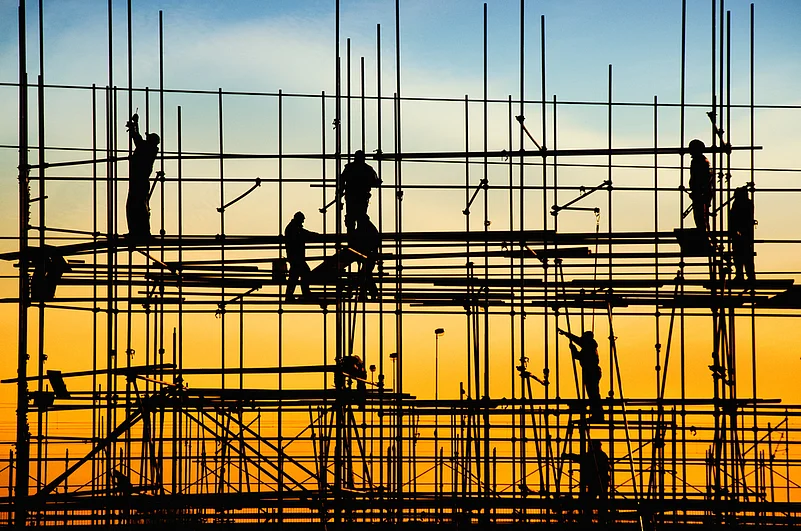There was a blessing in disguise for the real estate in tier II and tier III cities in this Budget when the government announced the intention to invest Rs. 100 lakh crore in infrastructure over the next five years. It addresses the most important aspect of real estate i.e infrastructural development, which in turn leads to an increase in the number of real estate projects. As rivers were the reasons for the development of civilizations in earlier days, infrastructure is the reason for the development of cities in the new age.
To capture the near exodus of people from the smaller cities to bigger cities has been the point of discussion for quite some time as it is necessary to decrease the pressure on bigger cities to cater to the burgeoning population. The trend of moving to tier II and tier III cities has started some time back, but the latest announcement will expedite the process. The development will lead to employment creation along with the movement of MNCs to these cities due to the increasing cost of operation in bigger cities.
The job market is good in these cities with the movement of IT and BPO firms, which has led to a steady demand for budget homes. The icing on the cake is the launch of REITs, which has made the commercial real estate assets a lucrative option to invest in. And with the trend of co-working space catching up and movement of these spaces to tier II and tier III cities, many real estate developers will come up with projects in these cities due to the interest of investors in these concepts.
Many private equity funds were investing in retail to diversify their investment portfolios. Another segment that will witness increase is the retail sector, which is already on the uphill since 2015 and the investment in the retail sector of smaller cities is higher than the metros.
Apart from the intentions of the government in the budget, the reason for the movement of real estate to tier II and tier III cities are high property prices in metros, a saturation of land and subdued demand. This has forced the buyers to look for cost-effective areas, which also means of movement of investors also as they plan their moves based on the interest of the end-users. Penetration of smartphones has also led to an increase in real estate in tier II and tier III cities, as the data of availability is easily available to everyone.
Over the years, many government schemes such as AMRUT, smart cities etc. have also played a significant role in the growth of these cities. Real estate investment in tier II and tier III cities has seen an increase of around 20 per cent over the last year, which is one more sign of a healthy trend. Some of the cities witnessing movement are Alwar, Kota, Bikaner, Sikar, Shona, Faridabad, Panipat, Jalandhar, Amritsar, Mohali, Allahabad, Varanasi, Moradabad.
The caveat for the buyers and investors in smaller cities is that they should check the antecedents of the developer before taking the decision to buy or invest in a property. Thorough research on the infrastructural development must be considered and a look at the demographics of the area should also be investigated. This becomes necessary as the investment in smaller cities is also being done by people staying in tier I cities and metros as they take it as an investment for the future.
The author is Founder & Chairman, Signature Sattva


























